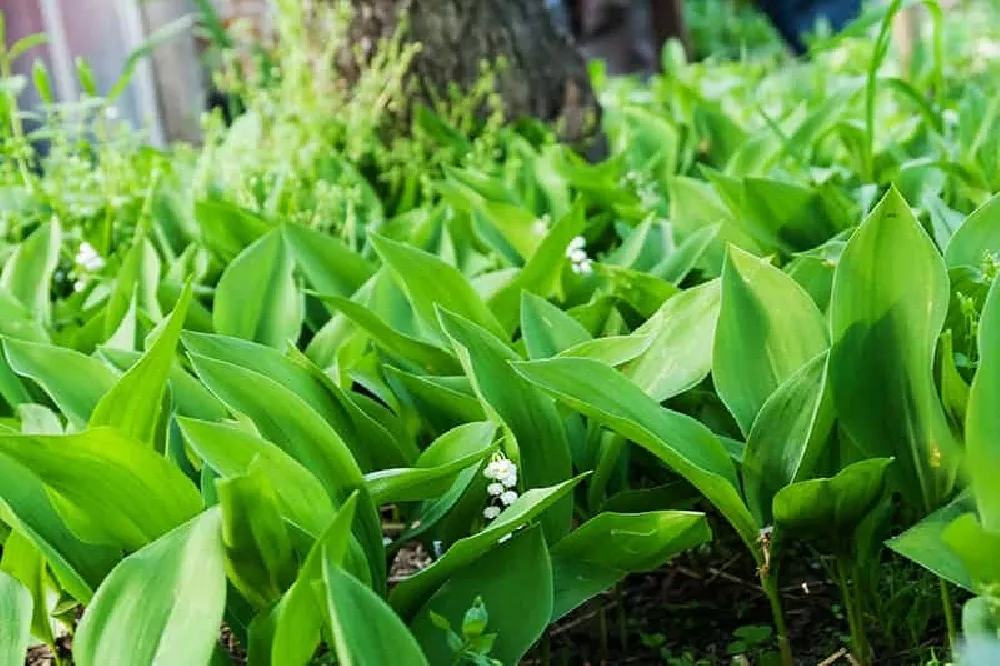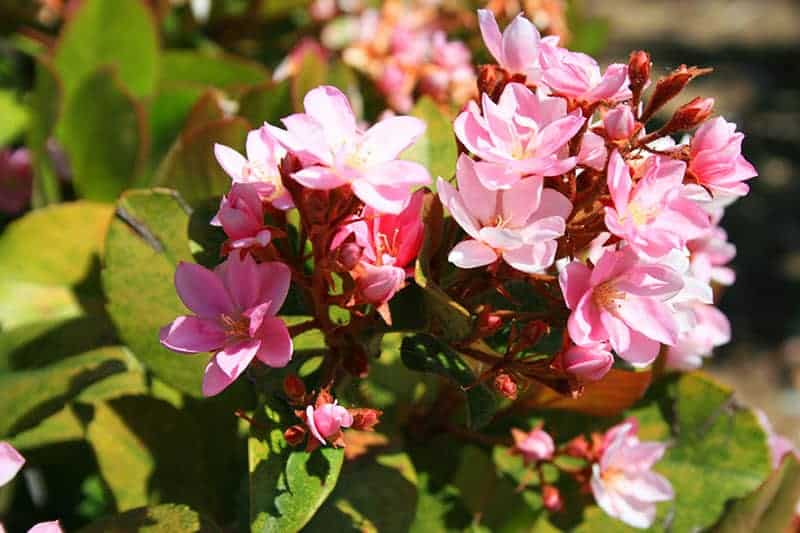- Home >
- Bulbs
Bulbs for Sale - Buying & Growing Guide
Filters
Price Range
Growing Zones
Plant Type
Sunlight
Mature Height
Plant Characteristics
5 Results
Bulbs – Buying & Growing Guide
If ever there were a secret weapon to charging up and revitalizing your garden, it must be the dependable bulb. Bulbs are easy to plant, require little maintenance, and can yield an explosion of color throughout the growing season. Explore the myriad types of bulbs available and add a few to your garden.
Types of Bulbs
| Type | Growing Zones | Mature Height | Sun | Features |
| Tulips, Tulipa | 3-8 | 1-2 feet | Full sun: 6 or more hours of direct light a day | 1,000s of varieties in many colors; easy to grow; short-lived perennials; plant in fall |
| Lily of the Valley, Convallaria majalis | 2-7 | 6-12 inches | Full sun to full shade | Rhizomatous perennial; spreads easily; fragrant white flowers; good ground cover |
| Amaryllis, Amaryllis | 8-11 (often grown as a container plant indoors) | 1-2 feet | Full to partial sun: at least 4 hours of direct light a day | Spectacular 5 inch blooms on tall stalks; easy to grow; blooms easily forced |
| Daffodils, Narcissus | 3-9 | 8-24 inches | Full to partial sun: at least 4 hours of direct light a day | Yellow, white, and orange blooms in spring; best in naturalized settings; deer and rabbit resistant |
| Grape Hyacinth, Muscari | 4-8 | 4-8 inches | Full to partial sun: at least 4 hours of direct light a day | Compact plants with fragrant blue or white flowers in spring; good for naturalizing; deer resistant |
| Ornamental Onion, Allium | 4-8 | 1-4 feet | Full sun: 6 or more hours of direct light a day | Large white or purple globe-shaped flowers on tall stalks; drought resistant; attract butterflies |
| Bearded Iris, Iris germanica | 3-9 | 1-4 feet | Full sun: 6 or more hours of direct light a day | Rhizomatous perennial; ruffled blooms in a range of colors; drought tolerant |
| Dahlia, Dahlia | 8-11 | 2-6 feet | Full sun: 6 or more hours of direct light a day | Large, colorful blooms in a variety of colors; great for borders or cut flowers |
| Asiatic Lilies, Lilium | 4-8 | 2-6 feet | Full to partial sun: at least 4 hours of direct light a day | Bloom early to mid-summer in a range of colors on heavy stalks; pollinator magnets; excellent cut flowers |
| Begonia, Begonia | 7-11 | 10-24 inches | Partial sun to shade: 4 hours or less of direct light a day | Evergreen perennial with attractive leaves and flowers; easy to grow; deer resistant |
How to Plant Bulbs
Bulbs can be loosely grouped into two categories: those that bloom in spring and those that are summer bloomers, also called tender bulbs. Spring bloomers are usually planted in fall, while summer bloomers, which include lilies and begonias, may be planted in spring. In cooler climates, these are lifted from the ground every fall and stored over the winter, to be planted again the next spring.
Bulbs like soil with good drainage, and most do best in full sun. Other than that, they are fairly carefree and forgiving of less-than-perfect conditions. Many bulbs, especially spring bloomers, are most attractive when planted in groups or naturalized in a wooded or informal cottage garden.
How to Grow Bulbs
- When. Plant your bulbs in either fall, for spring blooming flowers, or spring, for plants such as Asiatic lilies and bearded irises.
- Where. Most bulbs appreciate at least four hours of sun a day, so plant them in an area that gets good light. They should always be placed in soil that drains well to keep the bulbs from rotting.
- How. Dig a hole that is two to three times as deep as the bulb is tall. Place bulbs in the hole with the pointed end up. Cover with soil that’s been mixed with well-rotted compost or manure and water well. Cover the area with an organic mulch to conserve water.
How to Care for Bulbs
- Watering and nutrients. Bulbs need about an inch of water a week. If you are not receiving this from rain, consider a light supplemental watering.
- Pruning. After blooming, cut off flower stalks. For spring bulbs, don’t cut leaves until they have turned brown; for summer bulbs, trim any dead or wilted leaves when you find them.
- Pollination. Bulbs may be attractive to small birds and insects, especially summer bulbs like Asiatic lilies.








